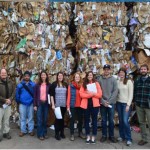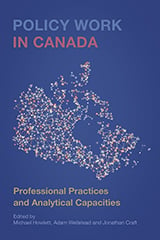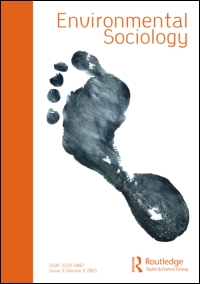
Dan Trepal, IHA PhD student, recently had a post published by the Canadian Historical Geographic Information Systems Partnership titled: Map Your History! Building and Sharing a Historical Spatial Data Infrastructure with the Keweenaw Time Traveler Project. Dan discusses the historical GIS infrastructure underpinning the Keweenaw Time Traveler Project (headed by Co-PIs Dr. Don Lafreniere, Dr. Sarah Scarlett, and IHA PhD candidate John Arnold ) and describes some of the upcoming public outreach activities the KeTT Team has planned for this spring and summer.








